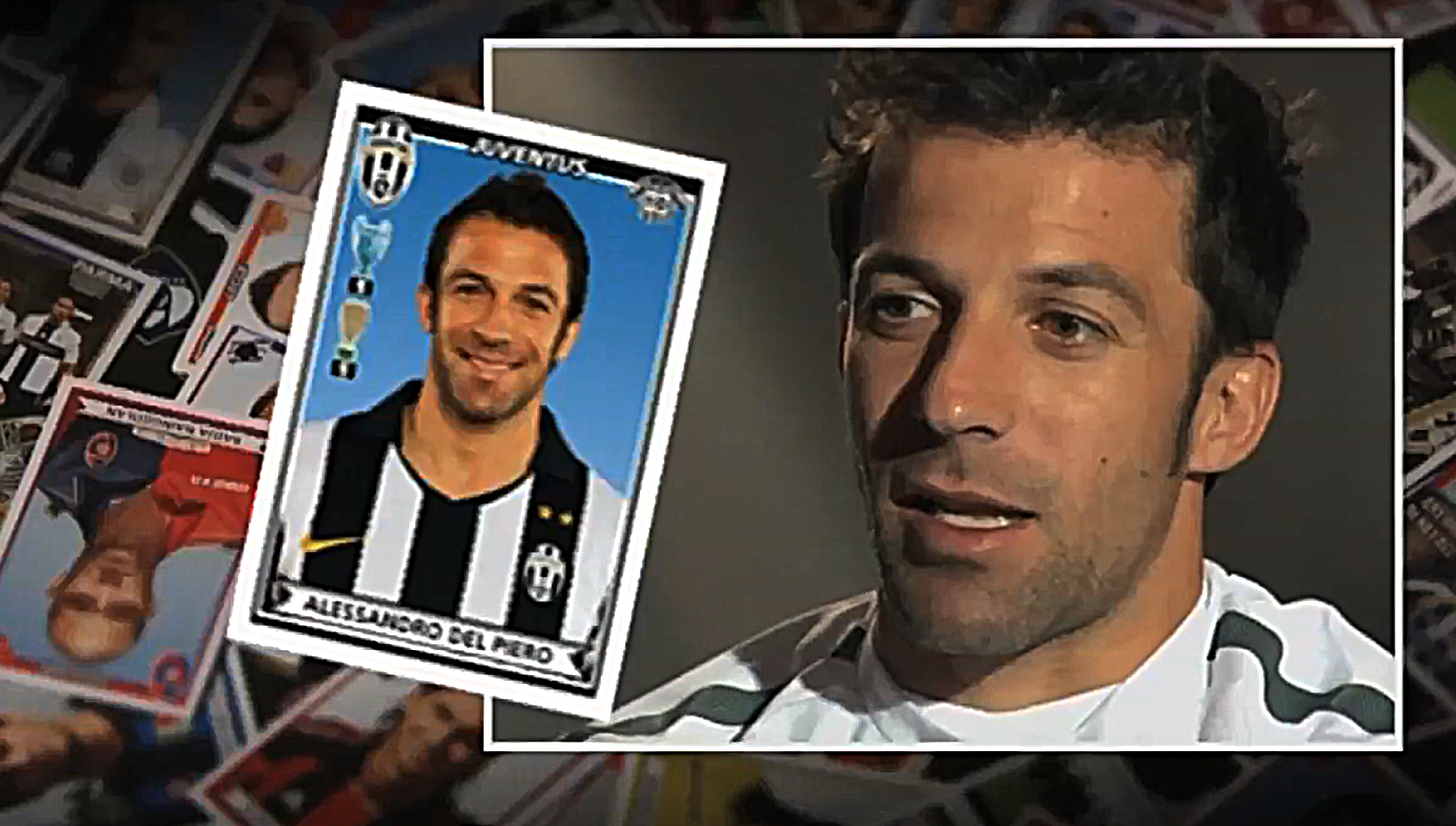Trading cards: a pop icon of our culture, a great obsession for whole generations of children (and adults) all over the world. An object which has withstood time and fashion. A passion which has resisted the technological evolution of leisure activities and which has kept its cult up to date through the web.
A few years ago Sony celebrated the sale of 150 million playstations. Does entertainment always and only mean video games? It doesn’t seem like it. In Italy, just a stone’s throw from the Ferrari factory, is a company – Panini – which every year manufactures and sells 6 billion trading cards. Trading cards are not a child’s game to be dismissed with a smug smile. Trading cards are a mass medium which has existed for over a century and a half, all over the world, a fascination which has triggered overwhelming passions and which moves mind-boggling sums of money.
the true trading card boom began fifty years ago, in 1961, when the collections of footballers were born. Thanks to a a small family business: Panini in Modena. But within the space of a few years the cards spread through Europe and then to South America, Asia…
Fandom and desire, football and little images: footballing heroes became popular, their faces passed through the fingers of little boys: an object of frenzied exchanges and gambles. Trading card fever mounted.
Today Internet is the collector’s highway to folly. On social networks the number of fans of trading cards (especially vintage ones) is growing; internet auctions have taken the place of courtyards or schools. With one huge difference: here you really can find any figure you don’t have…
The story of a desire, the folly of collectors, how it is manufactured today: three different aspects to tell the history of the most amusing and unusual secrets of a little piece of cardboard.
director: Adolfo Conti
locations: Milano, Modena, Parigi, Roma
year: 2013
lenght: 55′
INFO
Credits
written by: Matteo Patrono
produced by: Amalia Carandini
organization and archive research: Ilaria Sbarigia
editing: Eugenio Persico
music: Pasquale Catalano Fabrizio Romano Giuseppe Sasso


Comments are closed